On May 26th, 2025, ASL LAW has the privilege of hosting an in-depth legal workshop on dispute resolution procedures in China and related practical considerations for foreign investors and legal practitioners. The event featured Dr. Jie Lian, Esq., a distinguished Chinese legal expert and licensed international litigator with over 15 years of experience handling litigation and arbitration across jurisdictions including the United States, Australia, Hong Kong, and mainland China.
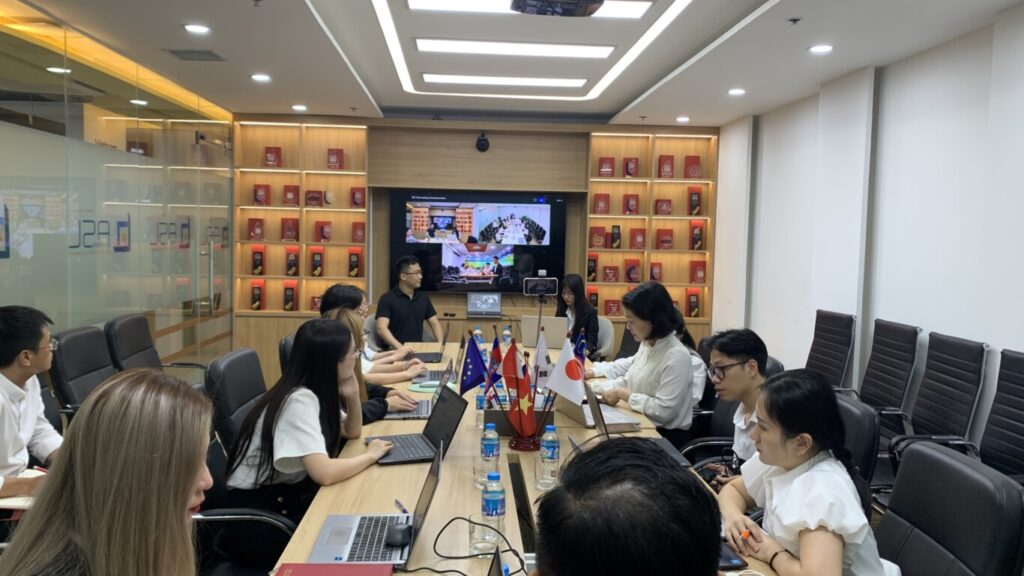
Dr. Lian shared valuable insights drawn from his extensive cross-border practice in international dispute resolution and risk management, bringing a unique comparative perspective to the discussion. The workshop took place at ASL LAW’s Hanoi office, with remote participation from the Ho Chi Minh City office via Zoom, enabling broad engagement among legal professionals from both ends of the country.
The followings are main keypoints of the workshop summarized and reorganized by ASL LAW:
1. Dispute Resolution Clauses and Choice of Governing Law
The selection of governing law and dispute resolution venues is critical and can significantly impact the outcome of disputes. Two illustrative cases highlight the importance of fully understanding legal implications before agreeing to a governing law clause:
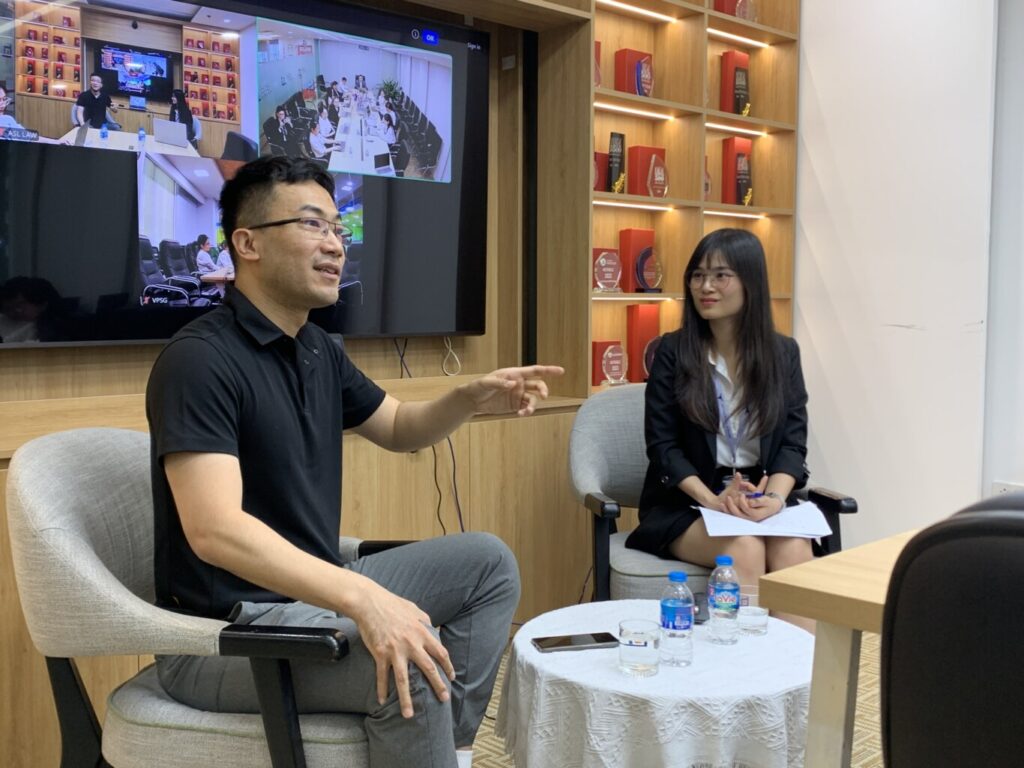
- Case 1 (Chinese Party – Australian Party): The parties chose Chinese law without comprehending the consequences. For example, China enforces strict anti-money laundering regulations, which impose a very high burden of proof on the parties. Choosing the governing law with suitable related law in favor of your situation can create a better case in the process of litigation or arbitration.
- Case 2 (U.S. Party – Chinese Party): The U.S. party insisted on applying California law, which ironically favored the Chinese party. California law generally requires a lighter burden of proof compared to Chinese law, thereby benefiting the Chinese party.
These cases underscore the risk of misaligned governing law or arbitration venue choices, which can place a party at a severe disadvantage during dispute resolution. A commercial perspective must be applied when drafting dispute resolution clauses, tailoring each clause to the specific transaction details and context.
2. Required Level of Detail in Initial Claims
In many common law jurisdictions, the initial claim must be drafted with a high degree of specificity. This includes clearly identifying the parties involved, the facts, timing, location, and the nature of the dispute. Failure to meet these stringent requirements often results in dismissal or severely limits the ability to amend the claim later.
Therefore, parties engaging in dispute resolution procedures should avoid rushing into filing complaints without comprehensive investigation and factual verification. It is prudent to delay filing until sufficient detail and evidence are gathered to support the claim robustly.
3. Discovery and Evidence Collection
Procedures governing discovery—such as depositions, interrogatories, and requests for production of documents—differ dramatically across legal systems. While common law jurisdictions like the United States and Australia provide broad discovery rights, civil law jurisdictions, including China, tend to restrict such mechanisms, often relying on court-directed evidence gathering. As a result, parties engaging in cross-border disputes must strategically prepare for discovery from the outset.
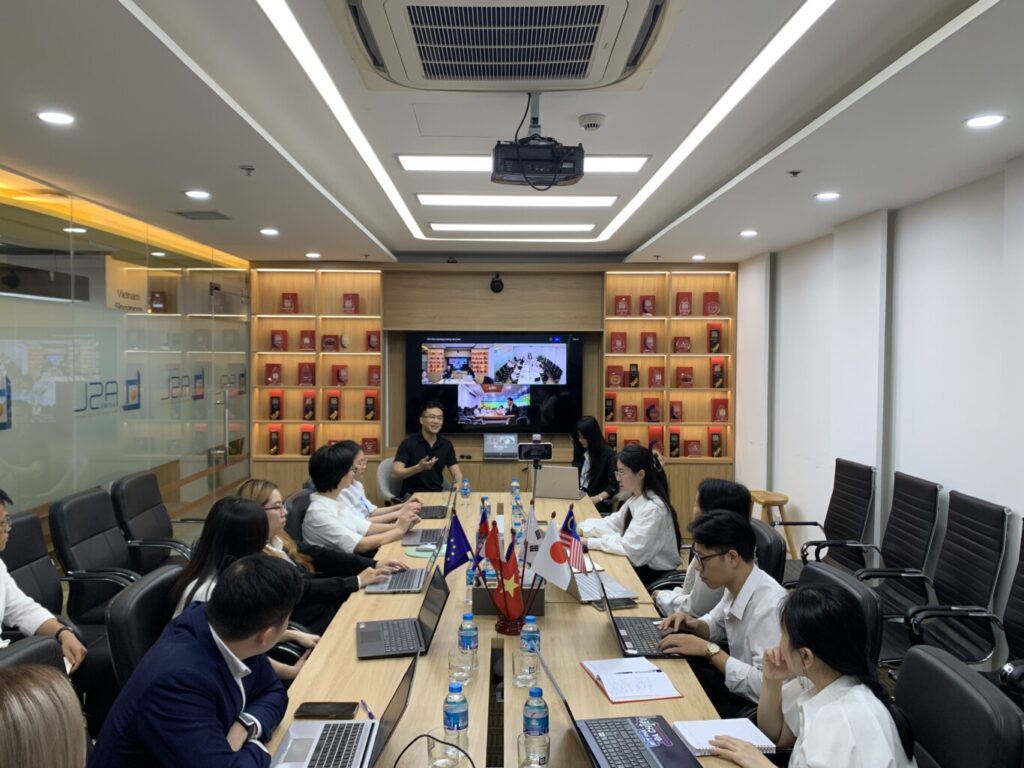
This includes identifying key documents, preserving digital evidence, and implementing internal protocols to ensure that critical materials remain accessible and protected. Proactive planning at the early stages of a dispute—or even prior to its emergence—can significantly enhance evidentiary strength, minimize litigation costs, and reduce the risk of procedural setbacks.
4. Documentation and Record Keeping
In international dispute resolution, documentation is often the decisive factor in determining outcomes. Clients should be strongly advised to develop and maintain a robust internal system of centralized record-keeping, covering key transactions, communications, and contract performance milestones.
Such practices should be institutionalized as part of standard business operations, not merely as reactive measures during disputes. In jurisdictions with limited discovery, well-organized documentation can serve as the primary means of establishing facts and defending claims. Timely, complete, and credible records enhance legal credibility and increase leverage during negotiation, litigation, or arbitration.
5. Precision in Denials
The technical requirements for responding to legal claims, particularly in litigious jurisdictions like the United States, demand an exceptional degree of precision. A generalized denial—such as “I did not breach the contract”—is typically insufficient and legally vulnerable. Instead, a party must address each element of the opposing party’s allegations with specific denials.
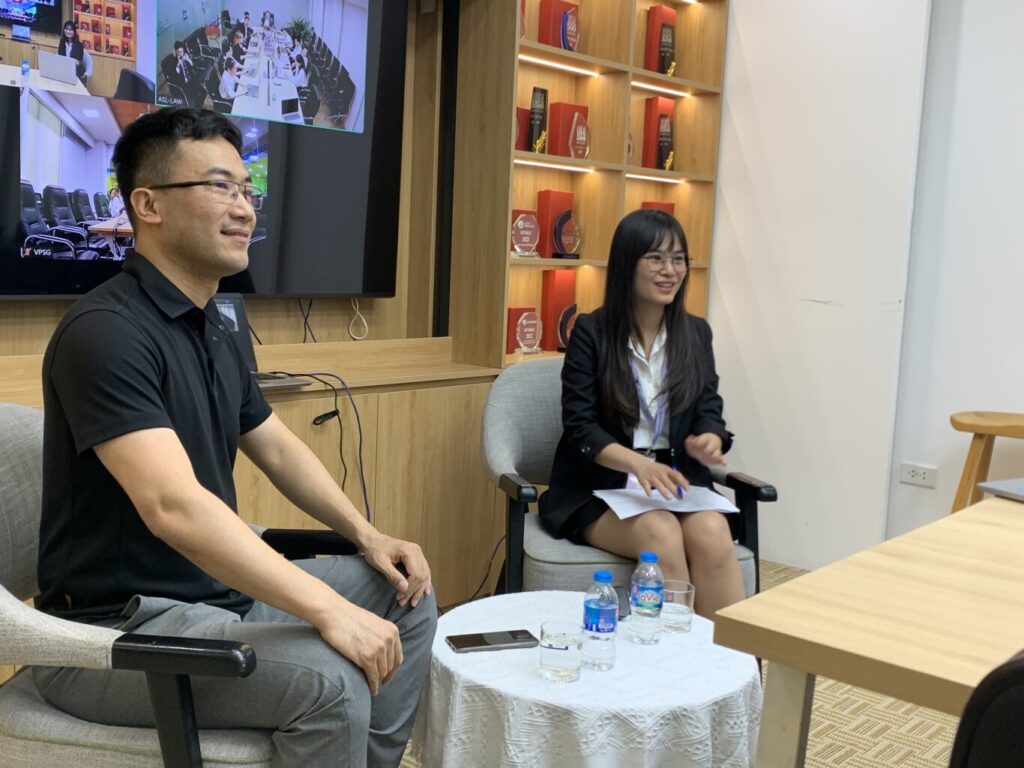
For example, one must deny not only the breach but also challenge the existence, formation, or enforceability of the contract itself, where appropriate. This is common in the United States’ jurisdiction. Failure to do so can result in deemed admissions or weakened defense positions. Legal teams must tailor their responses in strict compliance with procedural rules, as a misstep at this stage can irreversibly compromise the client’s standing in the dispute.
6. Witness Accessibility Across Jurisdictions
One of the often-underestimated obstacles in international dispute resolution is the practical availability and legal permissibility of witness testimony across jurisdictions. While some legal systems provide flexible options for obtaining witness evidence, including remote testimony via videoconference, others impose strict regulatory controls.
For instance, in China, the examination of witnesses—especially when conducted remotely—requires prior governmental approval, and such approval is not guaranteed. This procedural barrier can significantly hinder the ability to present live or responsive testimony, particularly in time-sensitive disputes.
Given these constraints, legal teams must assess early whether critical witnesses are legally available, geographically accessible, and willing to testify, and explore alternative methods of presenting their statements—such as notarized declarations or depositions taken under mutually recognized protocols. Advanced planning and jurisdiction-specific legal advice are essential to ensure the admissibility and persuasive value of witness evidence.
7. Discovery Rights and Arbitration Limits
In arbitration, the scope of discovery is far less uniform than in court litigation and varies widely based on the governing law, institutional rules (e.g., ICC, SIAC, CIETAC), and the arbitrators’ own discretion.
While certain institutions and legal systems permit broad disclosure mechanisms, others—especially those rooted in civil law traditions—restrict discovery to what is expressly requested and deemed necessary. This variability can lead to serious misalignments between party expectations and procedural realities.
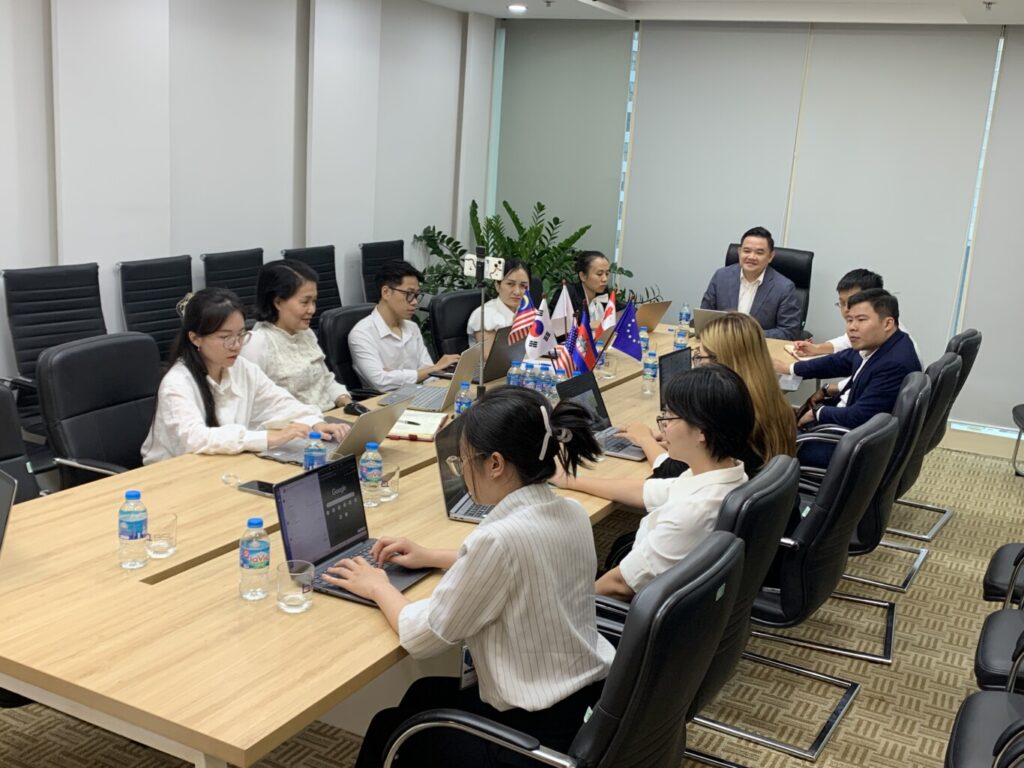
To mitigate these risks, parties should proactively tailor their dispute resolution clauses in commercial contracts to reflect their preferences regarding disclosure, including the desired level of document exchange and witness examination.
Where appropriate, reference to frameworks like the IBA Rules on the Taking of Evidence in International Arbitration can help standardize procedures and bridge differences between legal cultures. In parallel, legal counsel must closely review any mandatory discovery obligations under the chosen seat of arbitration or applicable law to avoid costly surprises and procedural inefficiencies.
Q&A Highlights
At the end of Dr. Jie Lian’s presentation, ASL LAW’s host turns to the Q&A section in which ASL LAW’s personnels ask Dr. Jie related questions on the dispute resolution procedure or unanswered questions during the presentation.
Q1: What is China’s public policy stance regarding arbitration?
Answer: China strongly supports arbitration and enforces foreign arbitral awards. The judicial system encourages international arbitration as a mechanism to facilitate and promote cross-border business. This contrasts with the U.S., where courts take a more aggressive approach and scrutinize the enforcement process more thoroughly.
Q2: What practical challenges arise in enforcing judgments in China?
Answer: Chinese courts often issue judgments that combine monetary and non-monetary remedies. This can lead to ambiguity, requiring parties to petition courts for clarifications or enforcement instructions.
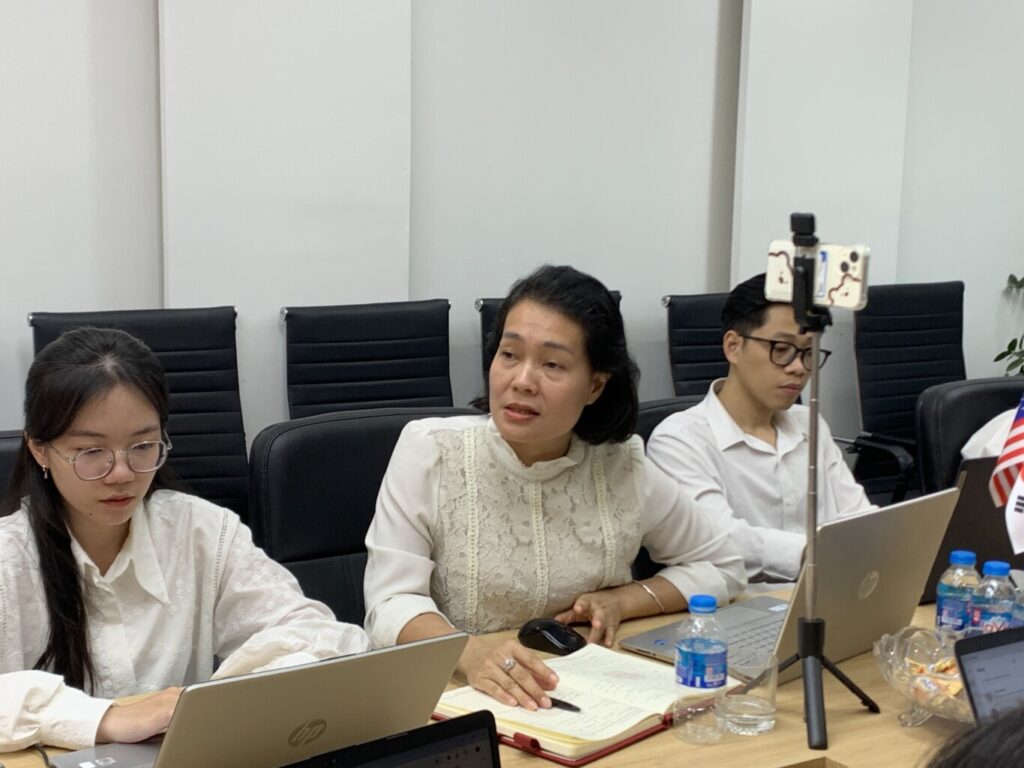
Q3: When parties prefer international arbitration, what factors should influence the choice of arbitral institution?
Answer: Parties should consider enforcement ease, the nature of the dispute, institutional rules, and fee structures (e.g., hourly rates vs. percentage-based fees). Each institution has strengths and weaknesses, so the choice should align with the parties’ priorities and case specifics.
Q4: How can parties effectively manage amendments or changes to petitions?
Answer: Submit as much accurate information as possible upfront, document progress clearly, and use limited amendment windows to introduce supplementary evidence. This strategic approach improves the chances of a favorable resolution.
ASL Law is a leading full-service and independent Vietnamese law firm made up of experienced and talented lawyers. ASL Law is ranked as the top tier Law Firm in Vietnam by Legal500, Asia Law, WTR, and Asia Business Law Journal. Based in both Hanoi and Ho Chi Minh City in Vietnam, the firm’s main purpose is to provide the most practical, efficient and lawful advice to its domestic and international clients. If we can be of assistance, please email to [email protected].
ASL LAW is the top-tier Vietnam law firm for litigation and dispute resolution. If you need any advice, please contact us for further information or collaboration.

 Tiếng Việt
Tiếng Việt 中文 (中国)
中文 (中国) 日本語
日本語

